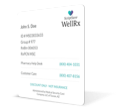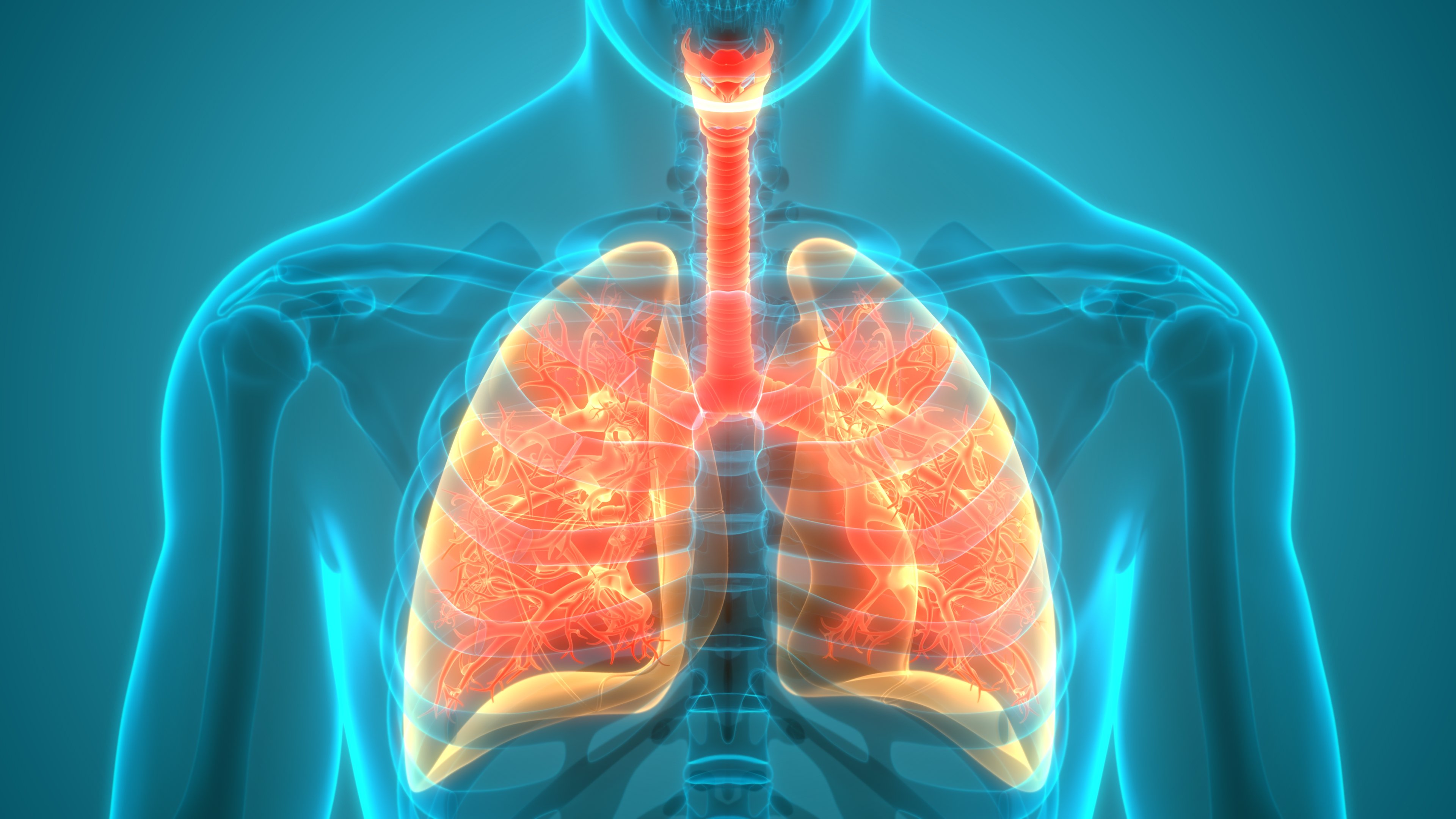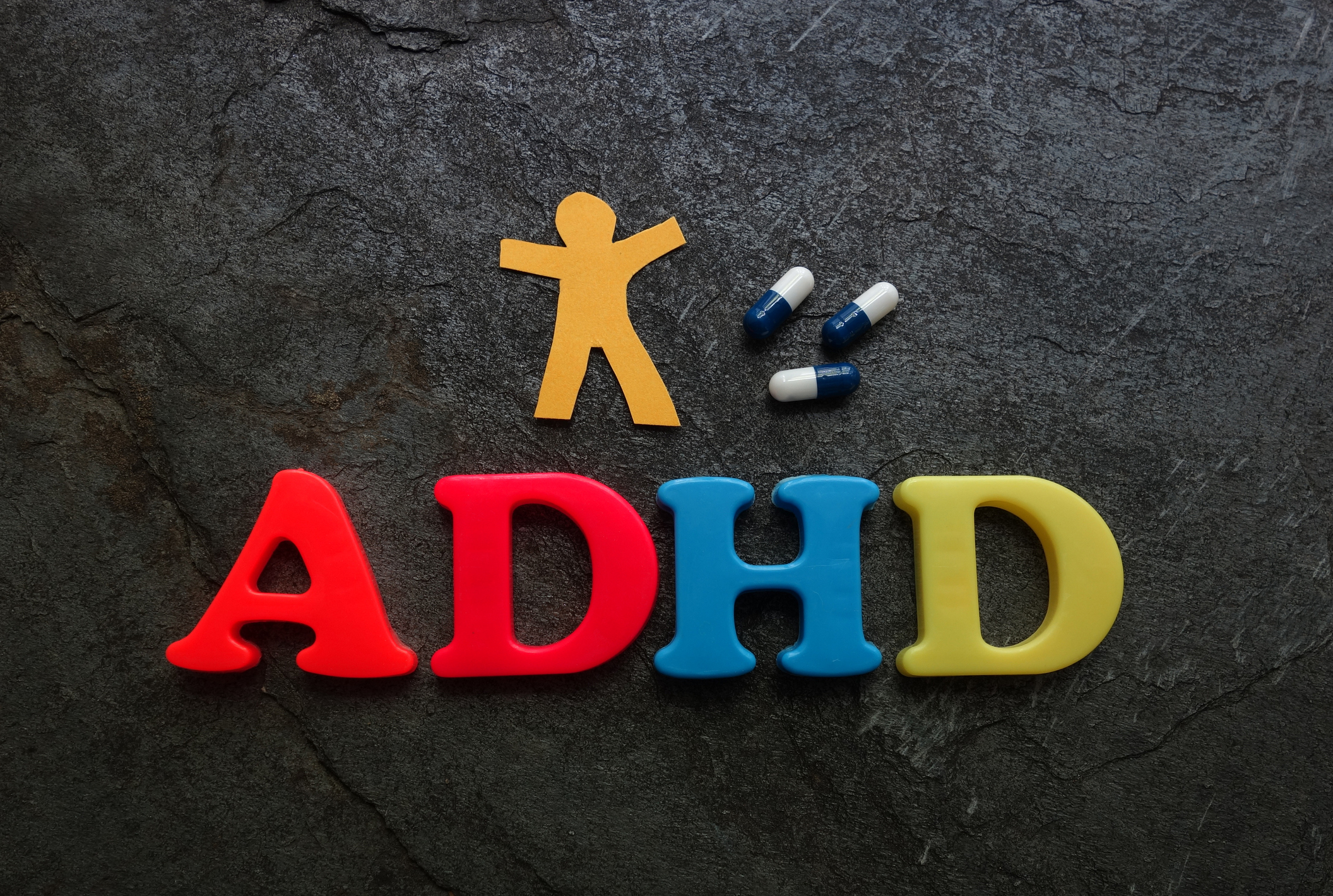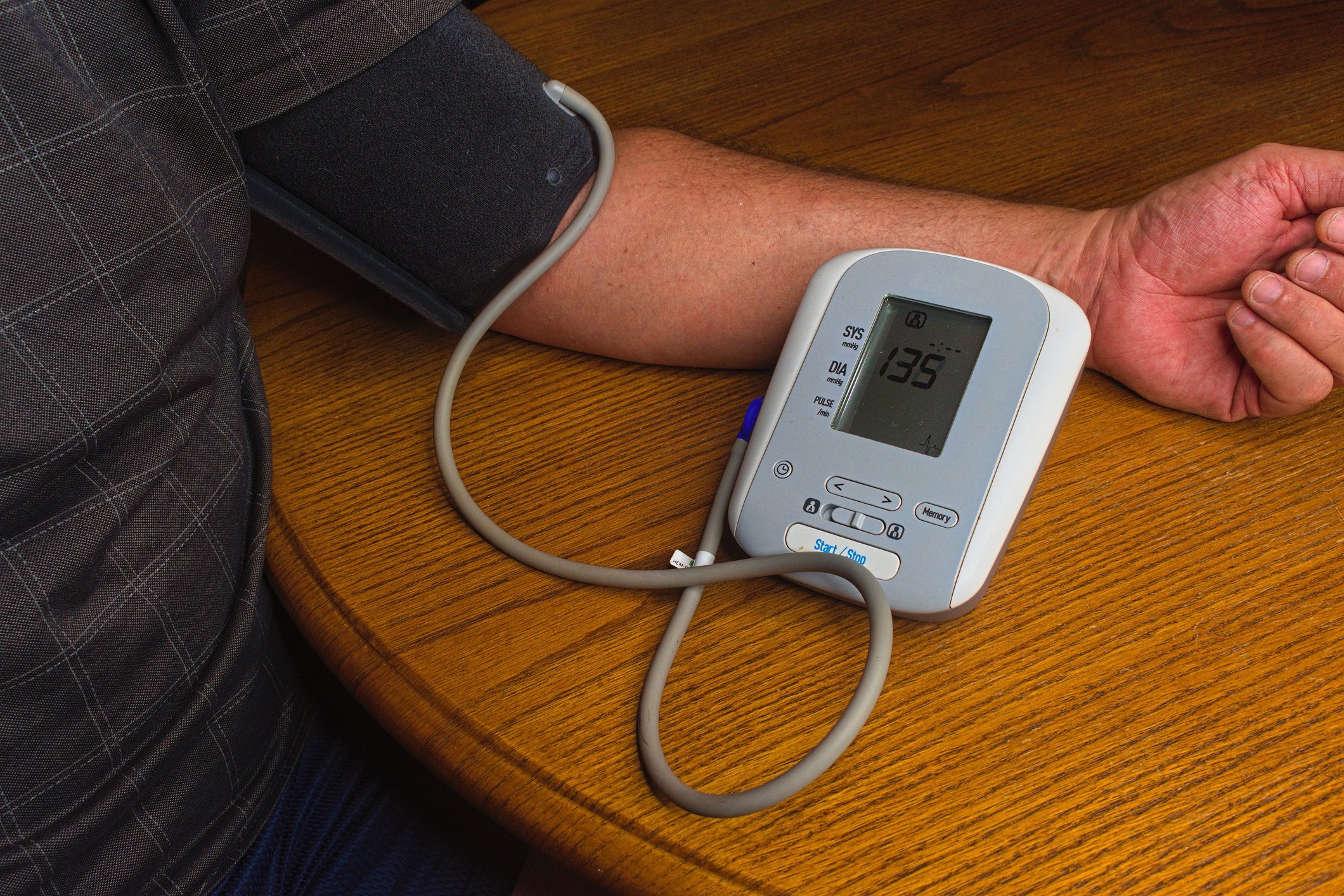Treating Migraine Headaches
By Teresa Otto, MD
October 14, 2022
Prescription Drugs, Your Health & Wellness

Ancient Egyptians shared cures for headaches as early as 2500 BC. To cure pain in “half of the head,” they tied a crocodile figurine around the patient’s head with a strip of linen. Names of the gods responsible for healing were written on the cloth. A second remedy included anointing the person’s head with catfish-infused oil for four days.
There’s a bright side for modern migraine sufferers: Medications work well and don’t smell!
Let’s look at the cause of migraines, their symptoms, treatment options for headaches and unpleasant side effects, and how to find the lowest prescription price.
Migraines — 4,500 years and counting
What the ancient Egyptians called pain in half of the head is thought to have been migraine headaches, although there is no way of knowing for sure. We know the ancient Greeks talked about headaches affecting the “hemikrania” or half skull. The word migraine is derived from the Latin version, hemigranea. Migraines have bothered humans for thousands of years and continue to do so.
In the United States, about 39 million people have one or more migraine headaches each year. Three-fourths of people who suffer from migraines are women. You should also be aware that children and teens suffer from migraines in high numbers.
The cause of migraines isn’t completely certain
Migraines were thought to be entirely the result of blood vessel spasms in your brain or the covering (meninges) of your brain. With a greater ability to see brain functioning with medical imaging studies, it seems brain chemicals and hormones interact with brain blood vessels to cause migraines.
Estrogen’s role in migraines would explain why women are more likely to be migraine sufferers. Changing levels of estrogen and progesterone associated with menstrual cycles may trigger migraines.
Migraines in children
The incidence of migraines peaks in the late adolescent or young adult years. Up to 28% of older adolescents suffer from migraine attacks. Although the prevalence of migraines in children and infants is lower than in adolescents, these little ones aren’t spared. Infants as young as 18 months can get migraine attacks. Infants who have colic may be at greater risk of developing migraines.
Genetics play a part, too. If one parent has migraine attacks, the child has a 50% chance of developing migraines. If both parents suffer from migraines, their child has a 75% chance of getting migraines.
After puberty, the number of girls with migraines is about three times higher than boys — a trend that continues into adulthood.
Migraine symptoms
Migraines have up to four phases with different symptoms associated with each phase. From start to finish, a migraine may last from one day to a full week, although an attack of that length is rare. Throughout the migraine, you may experience these phases:
- Prodrome
- Aura
- Headache
- Postdrome
Not every migraine sufferer will experience each phase with each headache. In particular, not every migraine sufferer has auras.
Prodrome symptoms
The prodrome or preheadache phase can occur several hours to several days before the migraine. Symptoms vary from person to person and may include:
- Moodiness, irritability, or depression
- Nausea
- Food cravings and excessive thirst
- Increased urination
- Muscle stiffness or neck pain
- Body chills
- Stuffy nose, watery eyes
- Feeling like you have a sinus headache
- Difficulty sleeping and fatigue
- Uncontrollable yawning
- Difficulty concentrating, brain fog
- Trouble reading or speaking
- Sensitivity to sound, light, or odors
Early migraine treatment may ward off the headache. Prodrome symptoms can be vague and sometimes misleading. Keeping a headache diary will help you recognize the premonitory signs.
Aura symptoms
Aura symptoms occur from a few minutes to an hour before the migraine. Aura symptoms are sensory and include:
- Vision loss including blind spots, tunnel vision, a loss of a section of your visual field, or complete blindness
- Scintillating scotoma — a shimmering or glittering band or ring in your vision
- Experiencing phantom smells
- Allodynia — feeling pain from things that aren’t usually painful such as brushing your hair
- Numbness or tingling on one side of your face or body
- Heaviness or a feeling of weakness in your extremities
- Difficulty speaking
Not every migraine has an aura before it, and not every aura is followed by a headache. If you have an aura but no headache, this is called a migraine equivalent or an acephalic (literally meaning no head) headache.
The dreaded headache
An untreated migraine can last anywhere from four to 72 hours. Typically, migraine headaches last one to two days. Common features of the headache are:
- Throbbing or pulsating pain on one side of the head
- Extreme sensitivity to light and sound
- Nausea and vomiting
In children and teens, headaches commonly involve both sides of the head. Additional symptoms associated with the headache phase in children and adolescents include:
- Watery eyes
- Swollen eyelids
- Bloodshot eyes
- Facial flushing and sweating
- Droopy eyelids
- Stuffy nose
Postdrome symptoms
The final stage of a migraine is called the postdrome. The headache is exhausting, leaving you with weakness, fatigue, and brain fog.
Diagnosing migraines
A neurologist, a doctor specializing in the brain and nervous system, will ask you about your headaches and any family history of migraines. If you have been keeping a headache log, bring this information to the appointment.
Provided your medical history is consistent with migraines and you don’t have any worrisome symptoms or signs of another neurologic problem, your neurologist may not order additional tests.
If you have unusual headache symptoms, especially severe headaches, abnormalities on your physical exam, or a later-in-life presentation, you may need additional studies such as an MRI or CT scan.
Treatment for migraines
We’ve come a long way since the days of crocodile figurines. Dozens of medications are on the market for migraine treatment.
Acute treatment
Pain-relieving medications are used to treat migraines at the first inkling of an attack. The earlier they’re used, the better the results. Medications range from over-the-counter Excedrin Migraine or ibuprofen to prescriptions medications:
- Sumatriptan (Imitrex, Tosymra) — tablets or nasal spray
- Rizatriptan (Maxalt, Maxalt-MLT)
- Almotriptan (Axert)
- Eletriptan (Relpax)
- Frovatriptan (Frova)
- Naratriptan (Amerge)
- Zolmitriptan ODT (Zolmig)
- Dihydroergotamine (D.H.E. 45, Migranal) — available as a nasal spray
- Lasmiditan (Reyvow)
- Ubrogepant (Ubrelvy)
- Rimegepant (Nurtec ODT)
- Opiates
Medications for nausea and vomiting
Nausea and vomiting often add to the misery of a migraine headache. It’s important to treat nausea and vomiting not only for comfort but also to prevent dehydration. Medications for an upset stomach associated with migraines include:
- Ondansetron (Zofran ODT)
- Prochlorperazine (Compazine)
- Metoclopramide (Reglan ODT)
- Promethazine (Phenergan)
Preventative medications
If you have frequent, long-lasting, and/or severe migraine attacks that don’t respond well to pain-relieving medications, your neurologist may recommend preventative medications. These medications work by various mechanisms and include:
- Medications that lower your blood pressure — propranolol (Inderal), metoprolol(Lopressor), or verapamil (Verelan)
- Anti-seizure medications — valproate (Depakote) and topiramate (Topamax, Qudexy XR), gabapentin (Neurontin)
- Antidepressants — amitriptyline (Elavil), nortriptyline (Pamelor)
- Onabotulinumtoxin A (Botox) injections
- Medications that reduce inflammation of the tissue covering the brain — Erenumab (Aimovig) fremanezumab (Ajovy), galcanezumab (Emgality), and eptinezumab (Vyepti)
Ways to save on migraine medications
Some migraine medications have been around for decades and are inexpensive. The newer inflammation-reducing, preventative medications, on the other hand, can be costly but invaluable when considering the costs of a disabling migraine. Nationwide, migraines cost an estimated $78 billion annually in healthcare expenses and lost productivity. And this figure doesn’t factor in the pain and distress you experience.
Many people don’t realize how much prescription drug prices can vary within their neighborhoods. At ScriptSave® WellRx, you can compare prescription prices at pharmacies near you. WellRx’s website is simple to use. In addition to finding the lowest prescription price, you can discover how prescription discount cards work, receive coupons for medications and receive a free Rx savings card.
Check out WellRx’s 30-second video for more information.
Avoiding migraine triggers
In addition to medications to relieve headache pain or prevent migraine attacks, you can avoid known migraine triggers. Journaling the events, foods, environmental exposures, and hormonal changes related to your menstrual cycle may reveal your personal triggers.
Common triggers to watch out for include:
- Stress — triggers a migraine in 70% of people
- Strong smells — perfumes, room deodorizers, gasoline, chemicals
- Hormones — menstrual migraines occur only during your period and are related to estrogen and progesterone levels
- Too little sleep or a change in sleep patterns
- Foods such as chocolate, cured meats, artificial sweeteners, cheese, and dairy products
- Caffeine
- Alcohol — traditionally blamed on red wine, but any alcohol can be a trigger
- Dehydration
- Weather changes
- Bright or flickering light
Unfortunately, taking acute migraine medication too frequently (usually more than 10 days a month) can trigger an attack also. If you start having medication overuse headaches, talk with your neurologist about altering your treatment plan.
Symptoms that may indicate a serious medical problem
If your migraine pain is unrelenting and lasts longer than 72 hours, seek medical care. You and your healthcare provider should have a treatment plan in place for your migraines and a treatment plan for prolonged migraines.
See your doctor or go to the emergency room immediately if you have any worrisome symptoms, including:
- A sudden-onset severe headache
- A headache with fever, neck stiffness, confusion, seizures, numbness or weakness, garbled speech, facial droop, double vision, or any other signs of a stroke
- A head injury that causes a headache even in the injury seems minor
- Developing headaches for the first time after age 50
- A chronic headache that’s worse when you bend over, exert yourself, cough, sneeze, or move suddenly
Teresa Otto, MD, is a freelance medical writer on a mission to inform readers about the positive impact of good nutrition and a healthy lifestyle. She is a retired anesthesiologist who practiced in Billings, Montana, for most of her career. She graduated from the University of Washington School of Medicine in Seattle and did her anesthesia residency and fellowship at New York University and Columbia-Presbyterian in New York.
Resources:
- https://www.news-medical.net/health/Migraine-History.aspx
- https://americanmigrainefoundation.org/living-with-migraine/migraine-essentials/
- https://emedicine.medscape.com/article/1142556-overview#a3
- https://emedicine.medscape.com/article/1142556-overview#a4
- https://www.healthychildren.org/English/health-issues/conditions/head-neck-nervous-system/Pages/Migraine-Headaches-in-Children.aspx#:~:text=Any%20child%20can%20get%20a,as%20young%20as%2018%20months!
- https://my.clevelandclinic.org/health/diseases/9637-migraines-in-children-and-adolescents#:~:text=Migraine%2C%20also%20called%20an%20acute,seen%20in%20boys%20than%20girls.
- https://migraine.com/migraine-statistics
- https://americanmigrainefoundation.org/resource-library/migraine-prodrome-symptoms-prevention/#:~:text=When%20most%20people%20think%20of,%2C%20aura%2C%20headache%20and%20postdrome.
- https://americanmigrainefoundation.org/resource-library/9-surprising-migraine-symptoms/
- https://www.allaboutvision.com/symptoms/blurry-vision/scotoma/
- https://www.mayoclinic.org/diseases-conditions/migraine-headache/symptoms-causes/syc-20360201#:~:text=A%20migraine%20usually%20lasts%20from,strike%20several%20times%20a%20month.
- https://www.mayoclinic.org/diseases-conditions/migraine-headache/diagnosis-treatment/drc-20360207
- https://www.webmd.com/migraines-headaches/migraine-treatments
- https://americanmigrainefoundation.org/resource-library/understanding-migraine-treatment-in-the-emergency-room/
- https://www.emergencyphysicians.org/article/know-when-to-go/headache#:~:text=Seek%20emergency%20care%20if%3A,relieve%20chronic%20or%20excruciating%20pain.
- https://www.cdc.gov/stroke/signs_symptoms.htm#:~:text=Sudden%20numbness%20or%20weakness%20in,balance%2C%20or%20lack%20of%20coordination.
- https://www.migrainestrong.com/how-to-take-control-of-nausea-during-a-migraine-attack/
Recommended Articles









